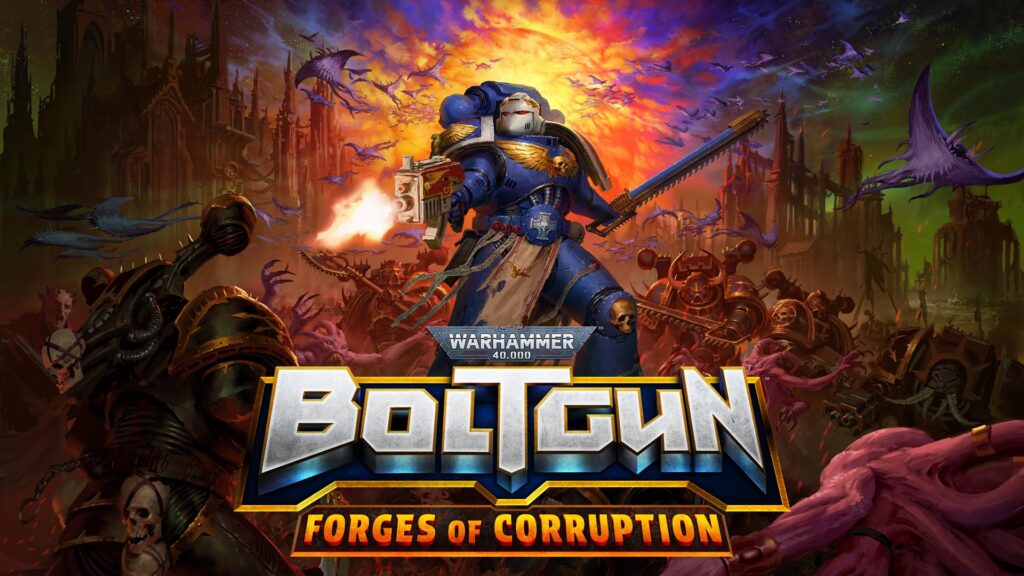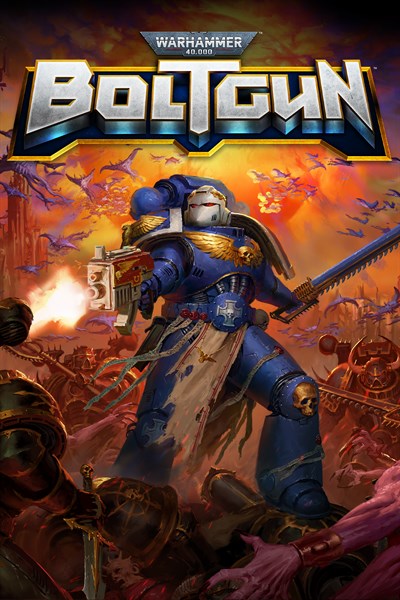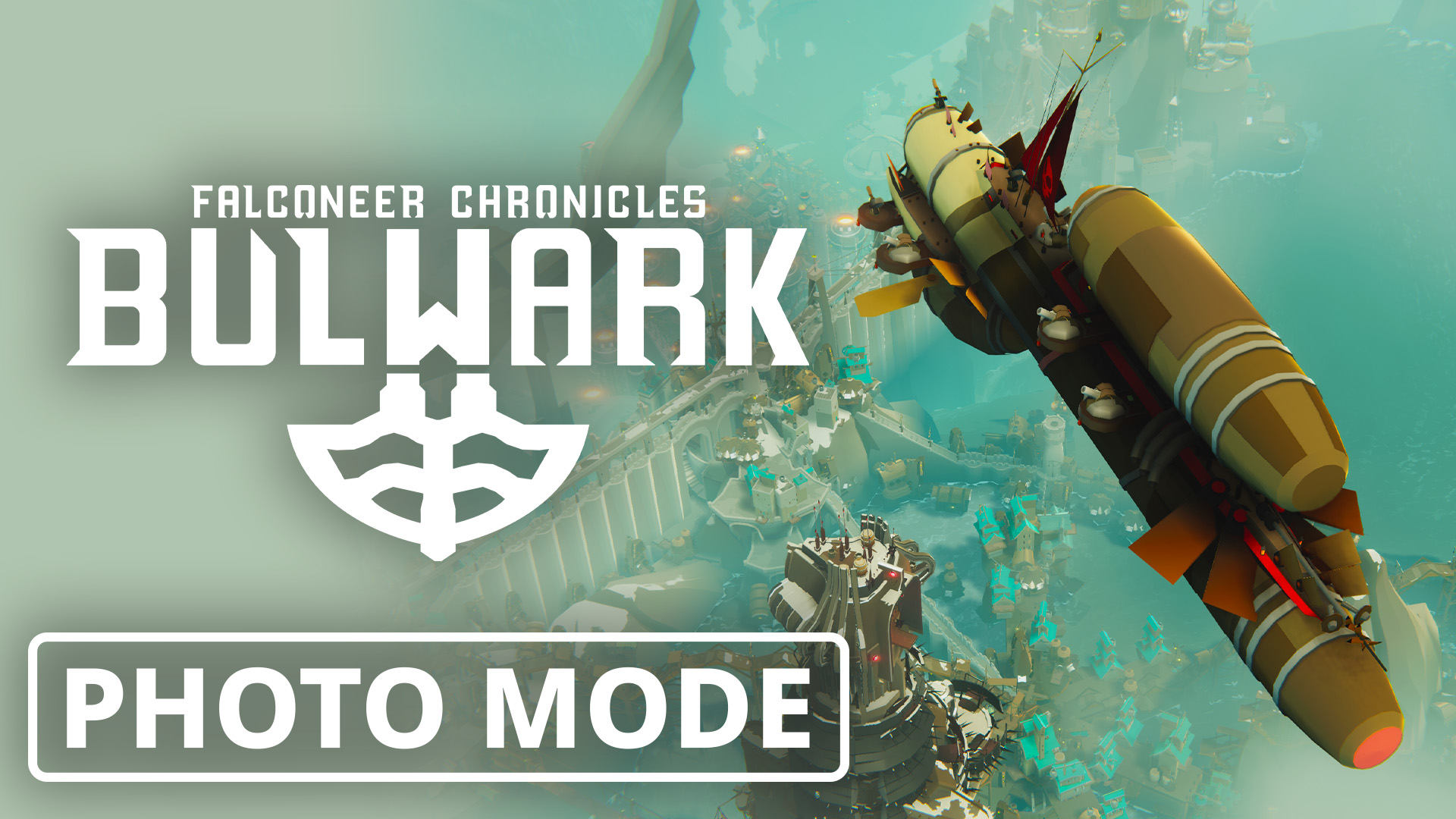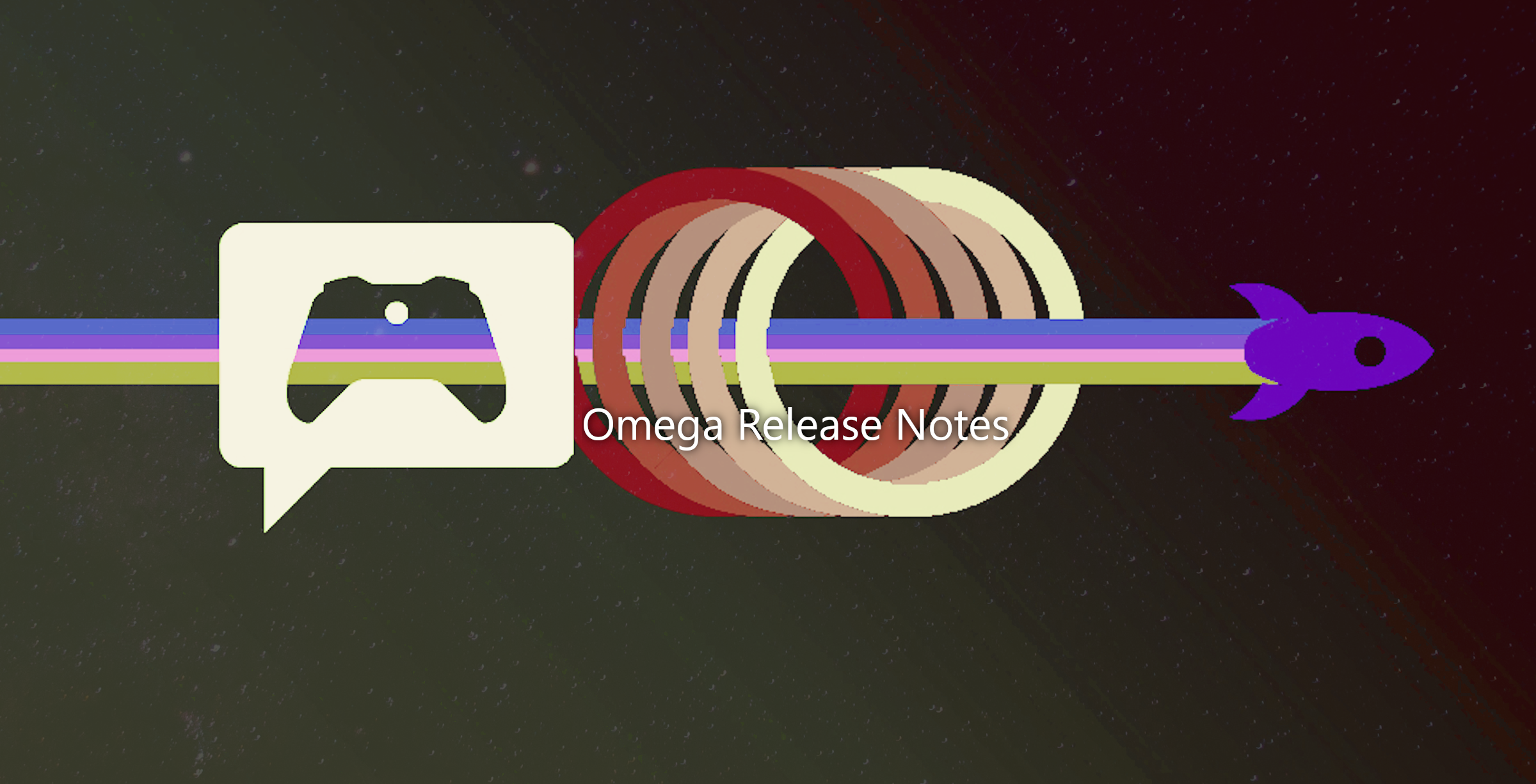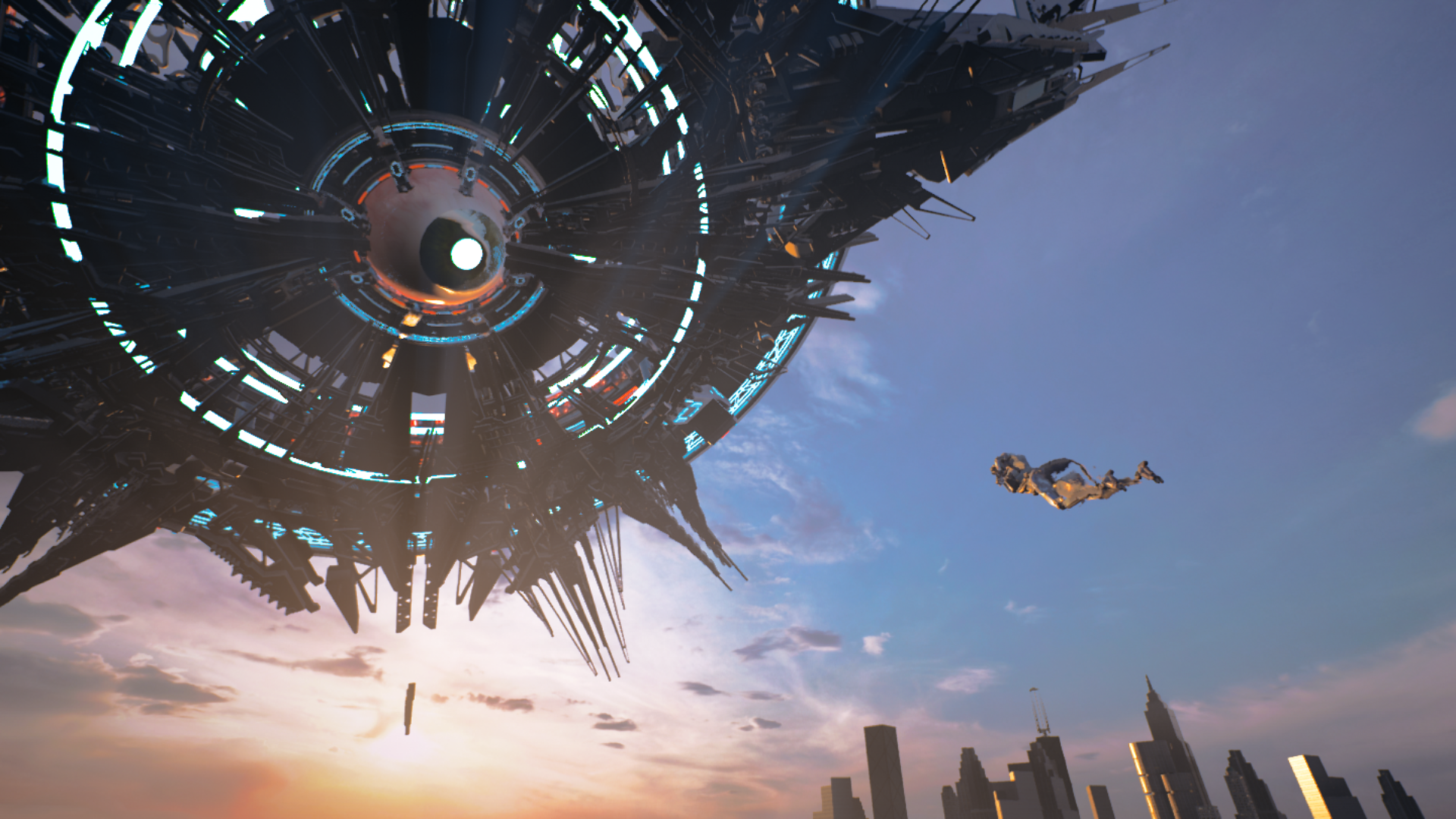Warhammer 40,000: Boltgun: Breathing Retro Life into the Cast of Enemies
The post Warhammer 40,000: Boltgun: Breathing Retro Life into the Cast of Enemies appeared first on Xbox Wire.
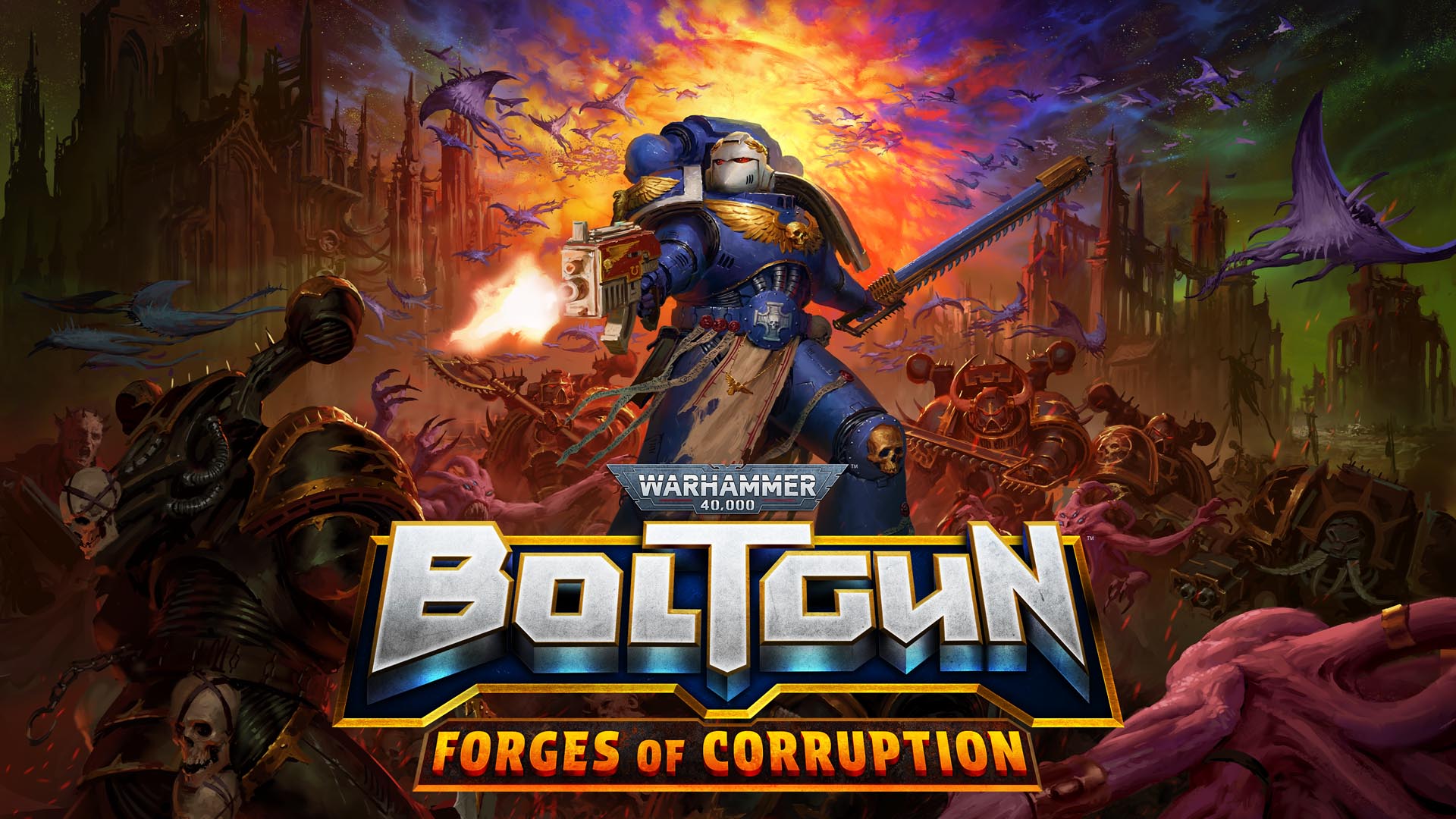
Warhammer 40,000: Boltgun is a fast-paced, retro-inspired FPS that comes with buckets of pixelated gore. Taking on the role of a Space Marine, players previously had the chance to blast their way through a variety of Warhammer 40,000 inspired environments, and now we’re thrilled to announce the next expansion to our boomer-shooter saga!
Boltgun: Forges of Corruption offers more enemies, more levels, and even more mayhem, so with that in mind, let’s take a closer look at everything that goes into crafting the perfect outlet for your righteous rage… the enemies!
Choosing the Best
The Warhammer 40,000 universe is full of incredible character art, and the team here at Auroch were spoilt for choice when it came to picking a cast of enemies. Using initial design requirements as a guide, the first step was to collect as much reference as we could. This helped to confirm things like size, colours, details, and even which weapons or items to include. Shots of real life miniatures made this task even easier, and the Games Workshop website proved to be extremely useful.
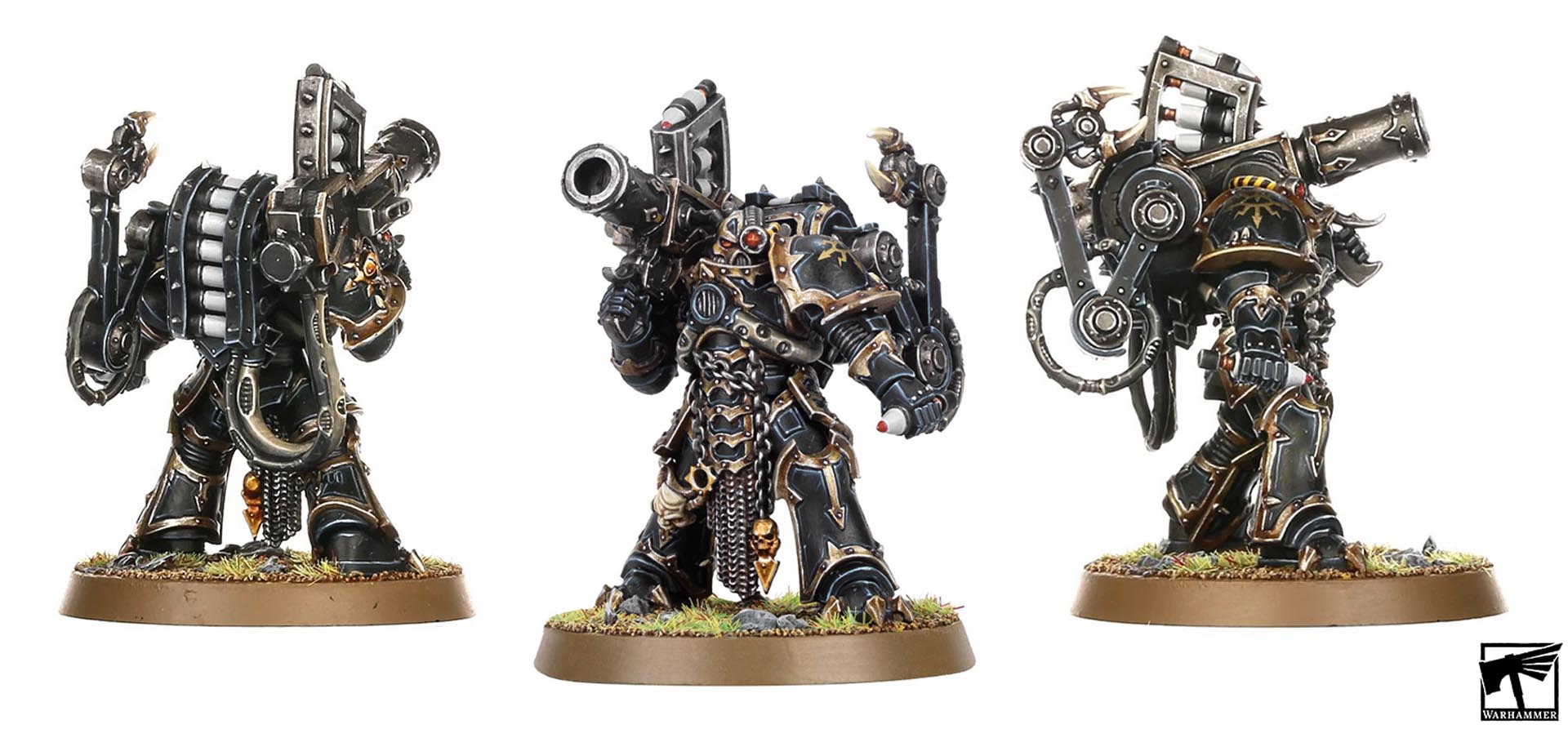
Shapes are Important
Once a good library of reference has been established, the process of creating a retro enemy sprite can begin. It starts with a conventional method you’d find in most other games, by modelling a 3d mesh. However, we pay special attention to the overall shapes of our characters, pushing things like heroic proportions and creating silhouettes that players can easily identify. In Warhammer 40,000: Boltgun, enemies are shown from the front a majority of the time, so we always ensure the front view captures them in their best light.

Exaggerated Angles
In a similar way to how we model characters, things on the animation side tend to focus on exaggerated poses and frame timing that really sells the intent of an animation. In order to capture that ‘retro’ magic, we use minimal frames, so it’s important to pack all the visual information we want into a tiny, animated space. The impact point of a crushing punch can be held slightly longer, or the juddering of weapon’s rapid fire can be sped up into a chaotic blur. This level of single frame control is almost like working with stop motion.

Special FX
Once an enemy has been modeled, animated and rendered, we start working on the FX. This step adds dynamism and interactivity, and the way we use FX for enemy attacks are particularly important. Not only do they need to look amazing, but there’s a set of game mechanics that should be followed. Certain weapons fire at different speeds, projectiles have different trails, and explosions have different sizes. All enemy attacks in Boltgun come in three distinct types, magical Tzeentch, organic Nurgle or combustible human, and it’s important for players to be able to visually distinguish between them, using colours, shapes, and various other artistic techniques.
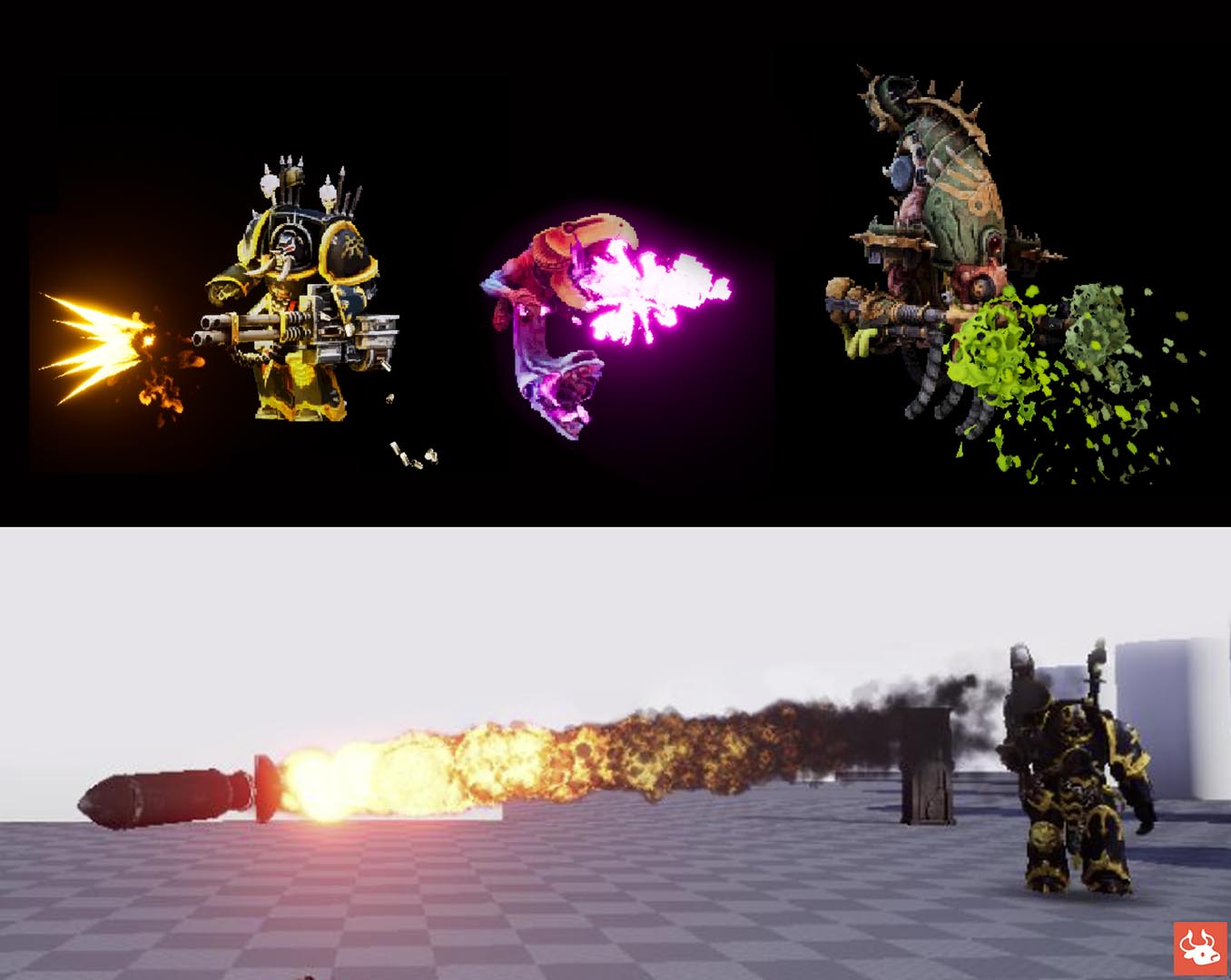
Blood and Guts
One of the cornerstones of Boltgun is its stylistic gore, and the most satisfying way of bringing our enemies to life is seeing the crimson mess that results when they expire. We’ve built a gore system in a way that enables players to effectively ‘paint’ sections of our levels with the red of previous battles, something that’s both awesome, and can be useful as a pathfinding tool. Lastly, each enemy comes complete with a set of custom body parts, or ‘gibs’ as we like to call them. These have a habit of bursting outwards when an enemy has been destroyed, offering just one more level of detail to the interactive package that is your typical Warhammer 40,000 : Boltgun enemy.
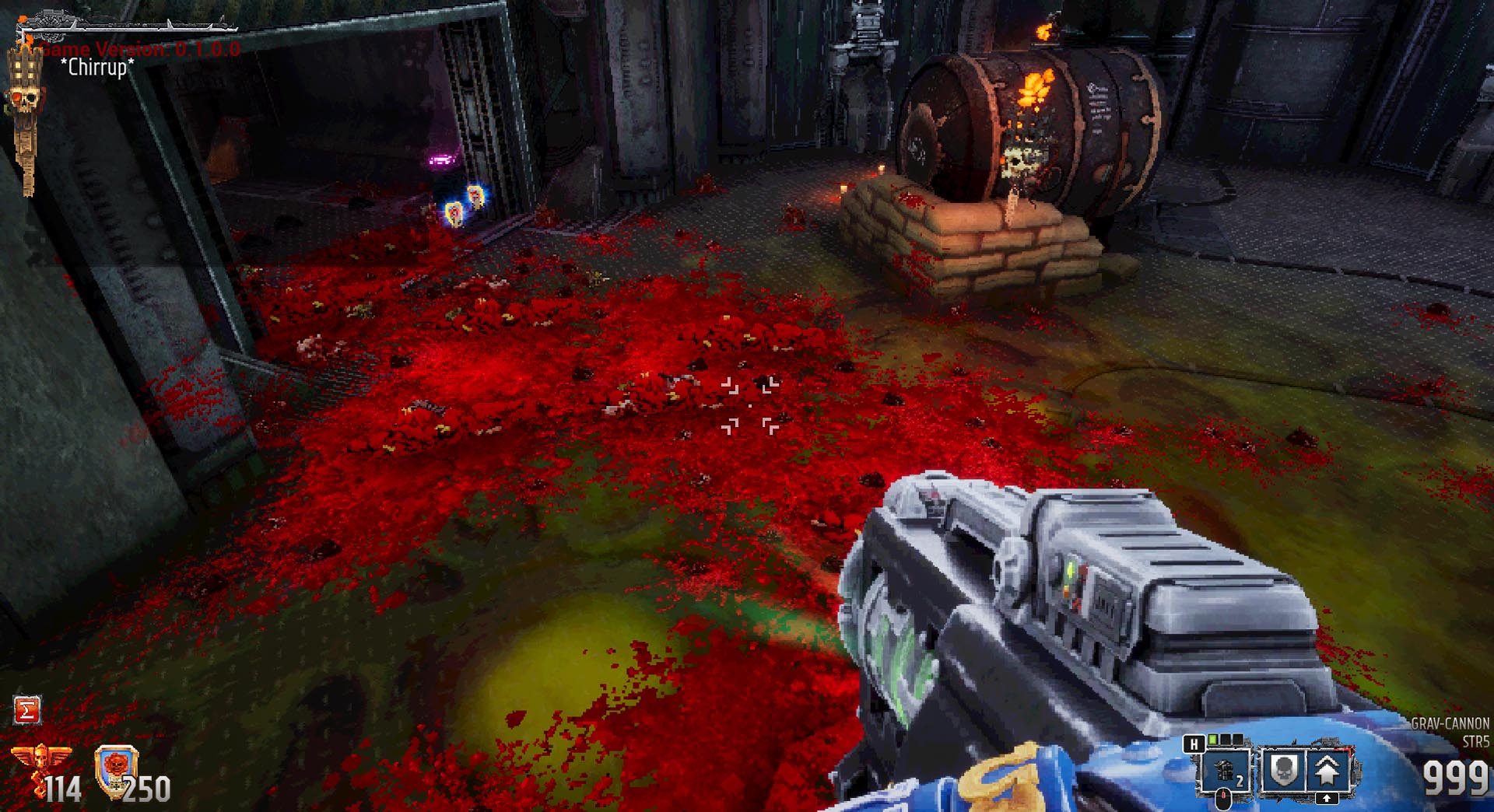
A Place to Call Home
Finally, what good would combining all the amazing elements above be without giving our enemies a proper place to live? We use visual theming to really set the scene. A sickly green haze suggests an area infested by Nurgle, where as the chaotic purple of the warp means the presence of Tzeentch is near. We also use decals to add extra detail to floors and walls, giving players the impression that they’re moving from one territory to the next. And lastly, a well thought-out prop library can really help with the storytelling aspect of a map.
As the game progresses, players may notice evidence of previous conflicts such as fortifications, military supplies, corpses, sacrificial shrines, and much more. Adding things like this helps to make the experience of encountering enemies in Warhammer 40,000: Boltgun feel more alive and real.
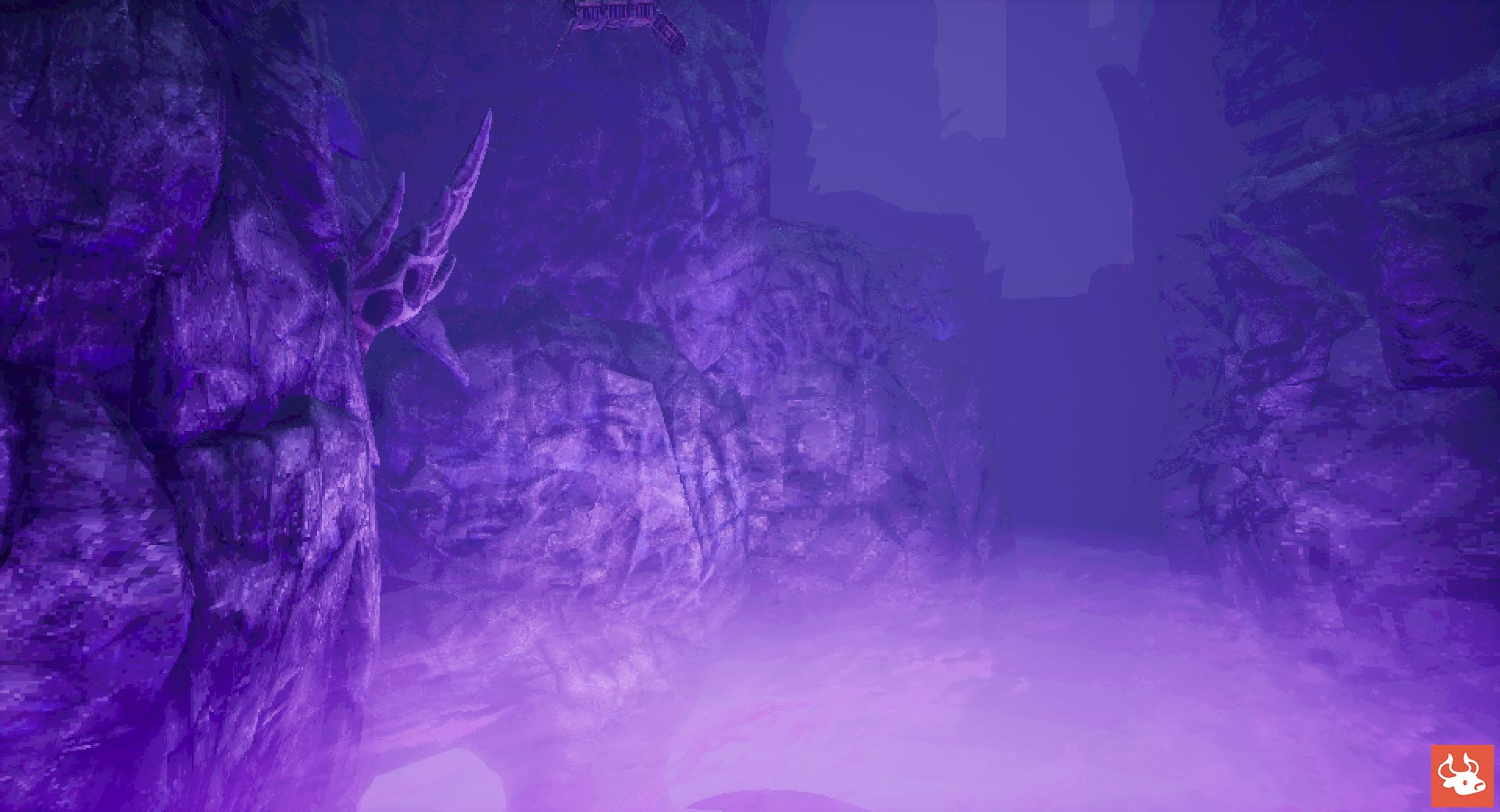
So now you’ve been given an insight into some of the tips and tricks the team here at Auroch uses to create AI for players to blast away at or run screaming from. We’ve worked hard to customize the standard character art pipeline you’d see in most modern games, and produced a result we’re proud to say is one of the cornerstones of Warhammer 40,000: Boltgun’s unique retro aesthetic.
Unleash your mighty wrath in Warhammer 40,000: Boltgun DLC: Forges of Corruption, out now on Xbox Series X|S, Xbox One and PC for $5,99! For newcomers, a special edition containing the base game and the DLC is also available for $24,99. Enjoy Warhammer 40,000: Boltgun on Xbox Series X|S, Xbox One, PC and Xbox Game Pass!

Warhammer 40,000: Boltgun
Focus Entertainment
The post Warhammer 40,000: Boltgun: Breathing Retro Life into the Cast of Enemies appeared first on Xbox Wire.







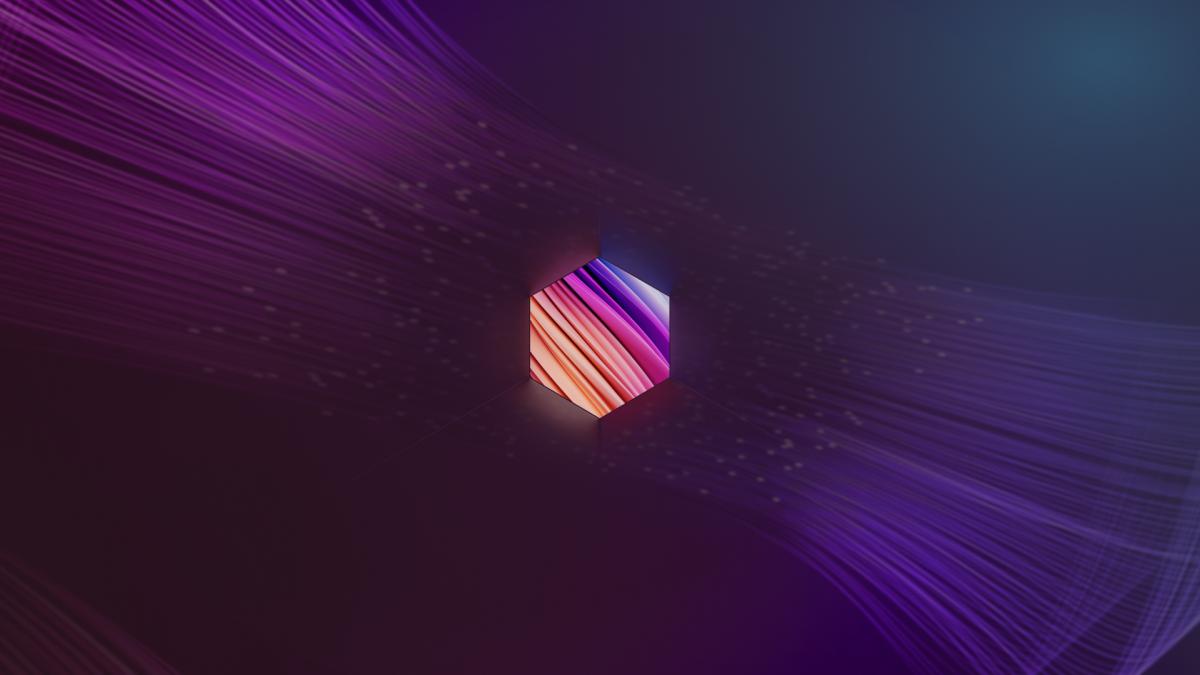
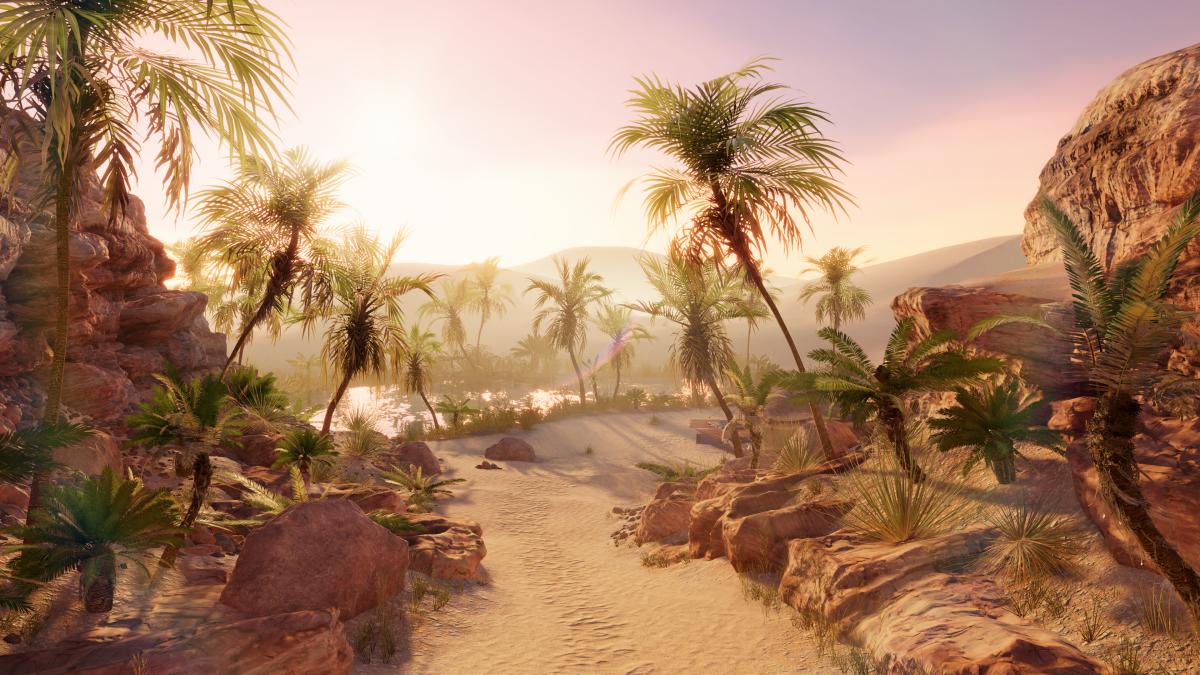
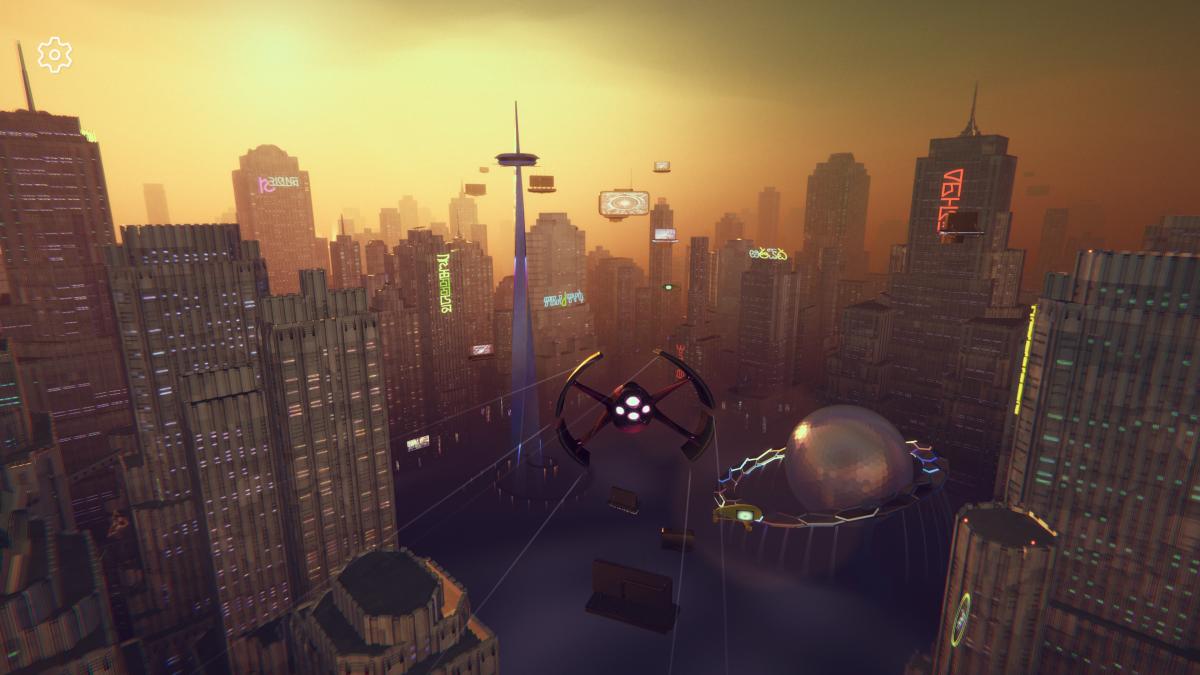
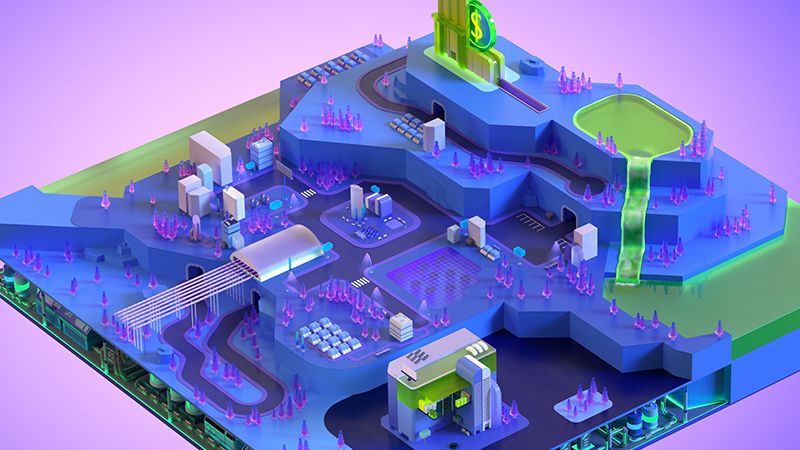




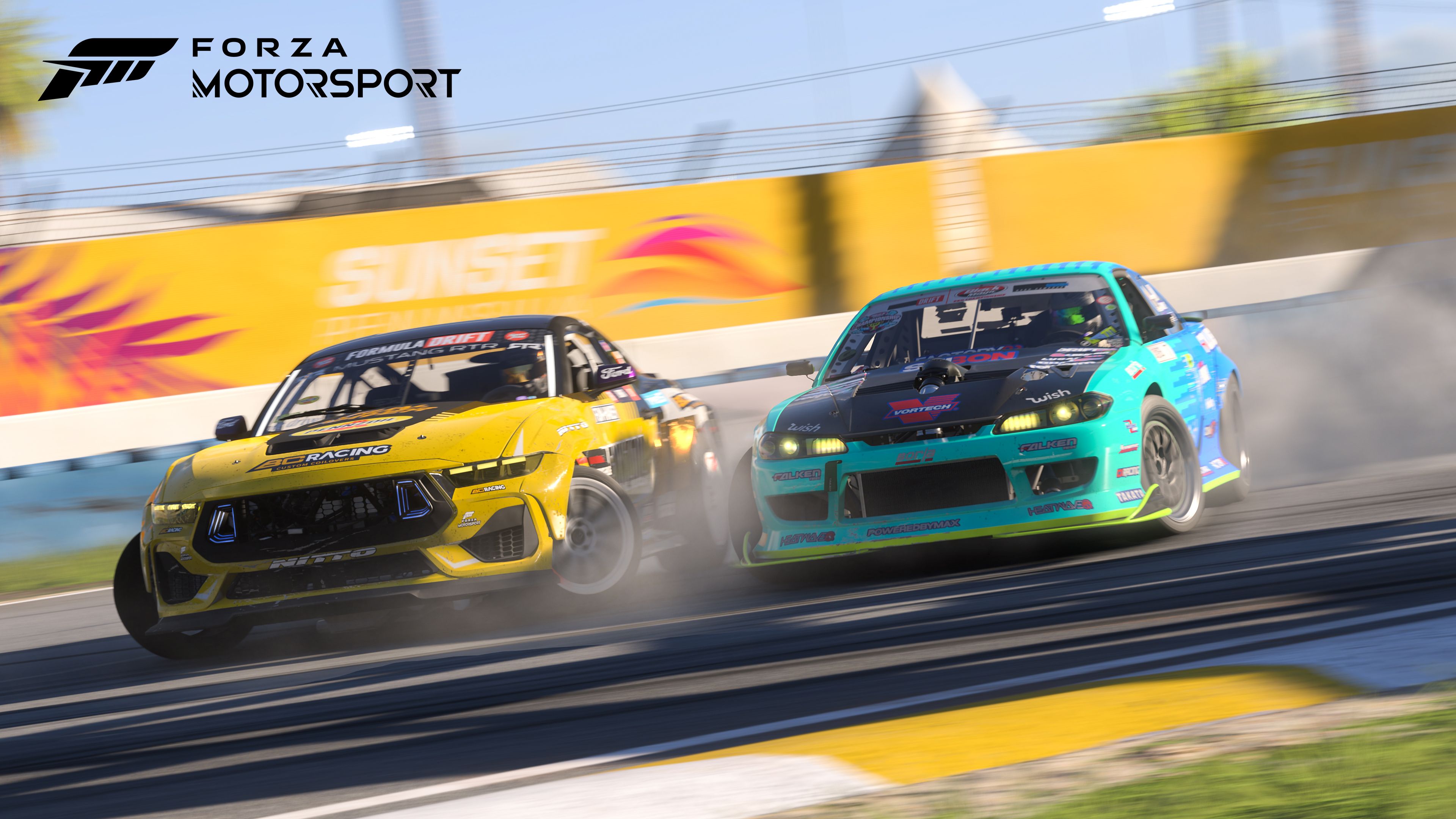
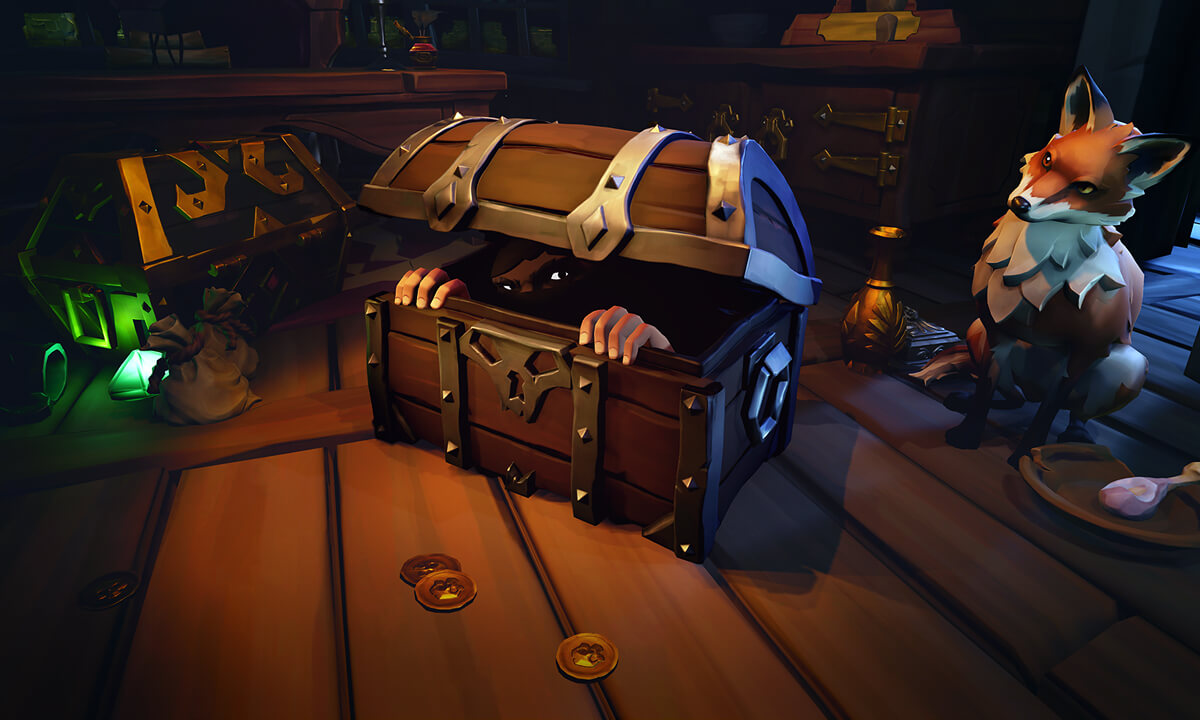
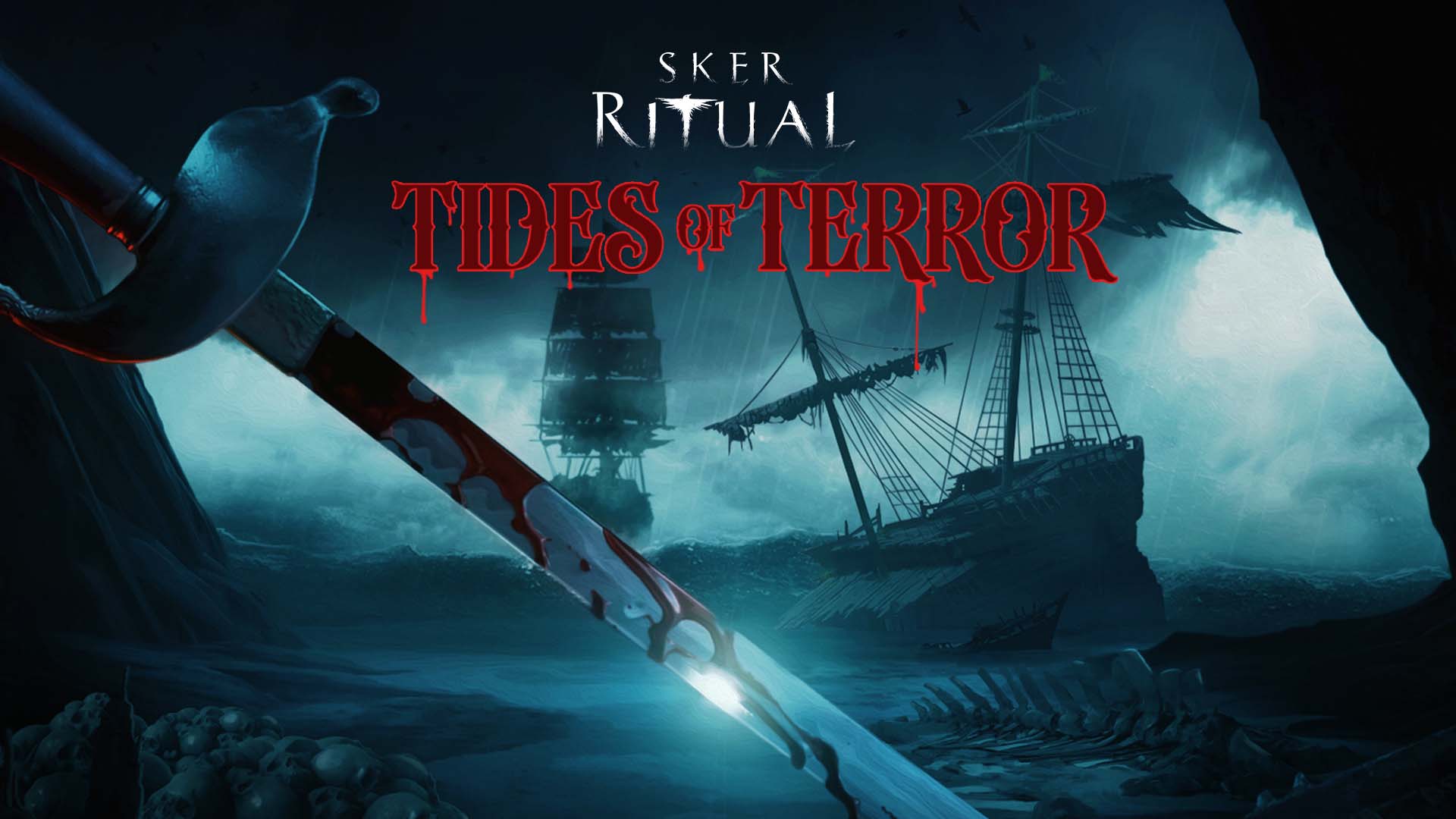
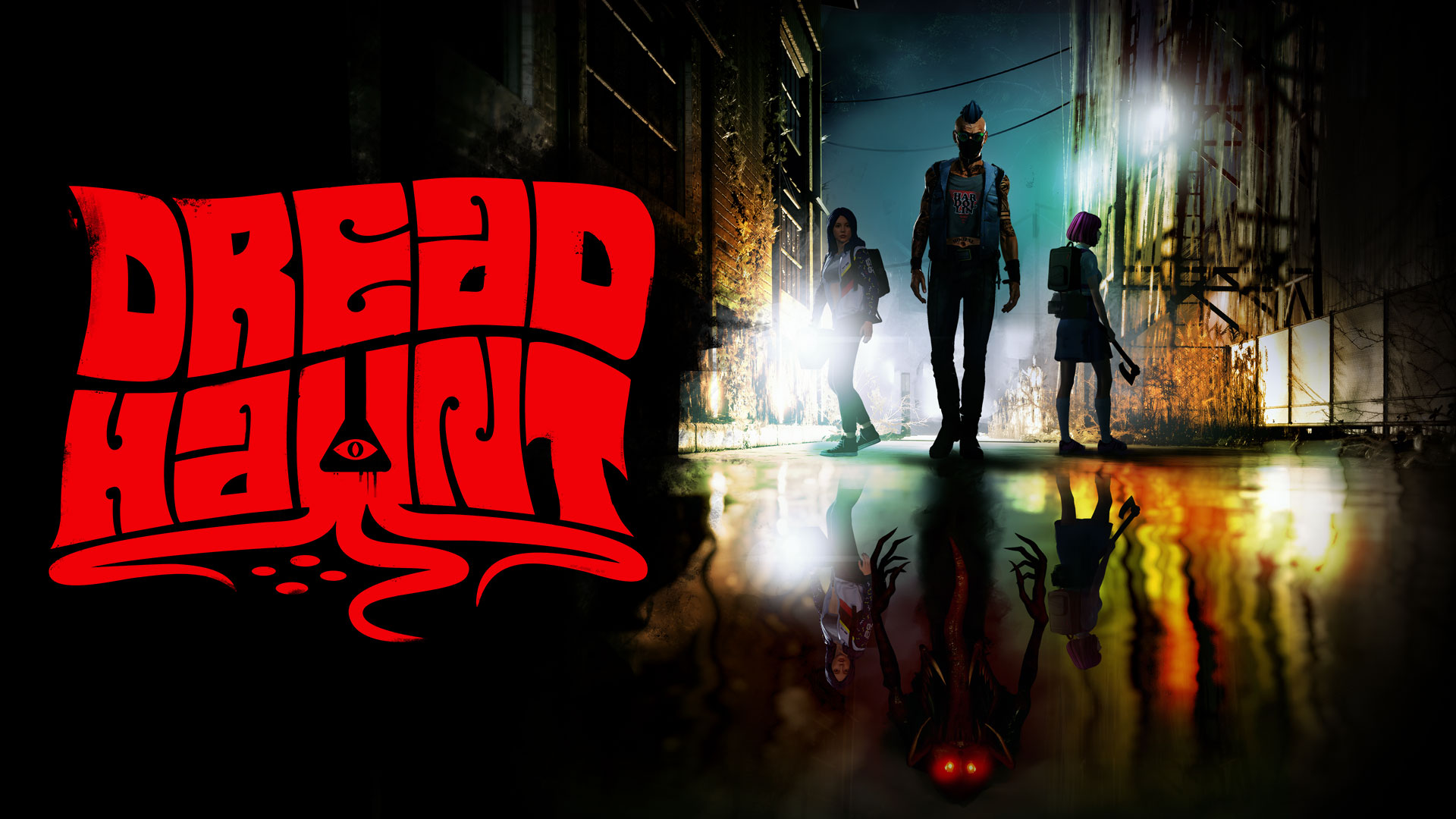







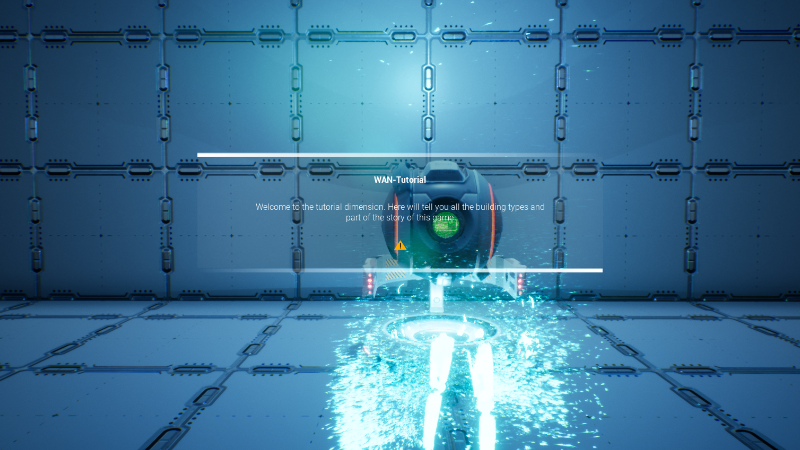
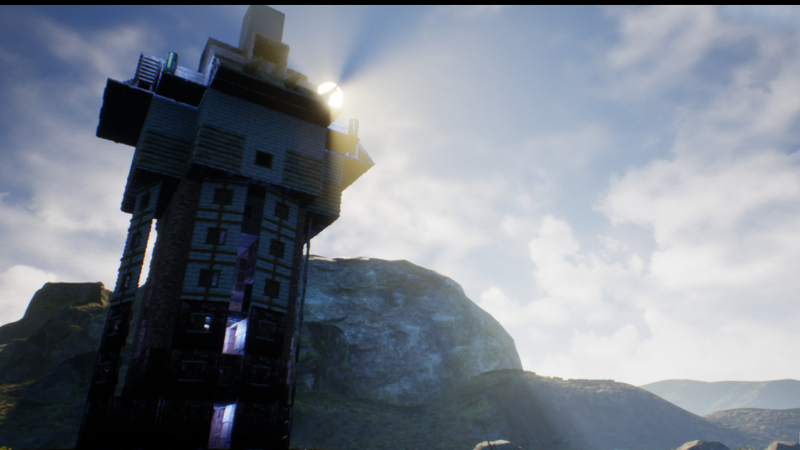

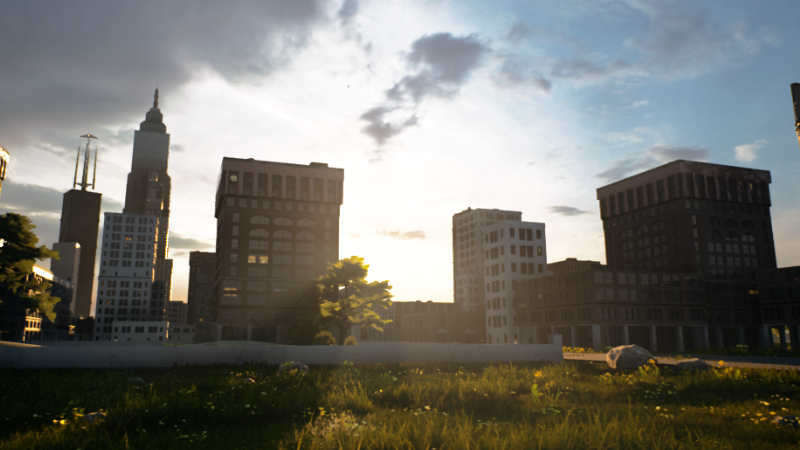
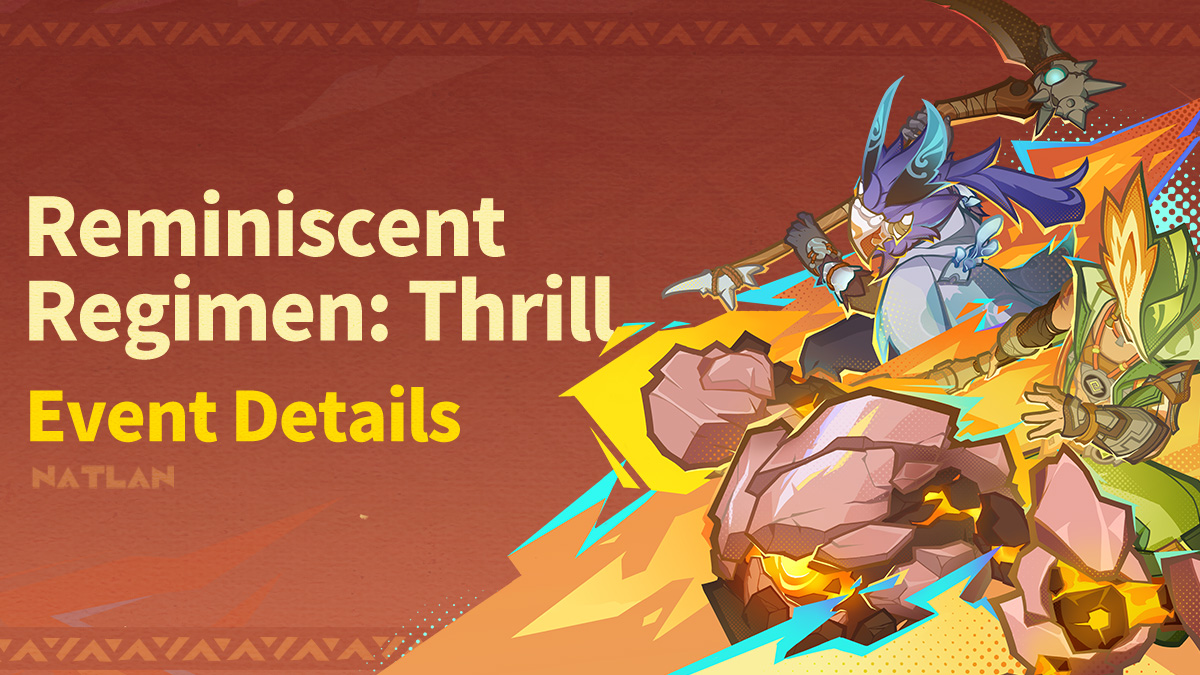
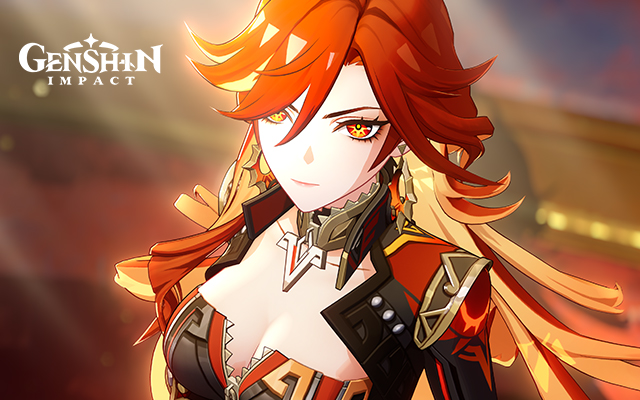

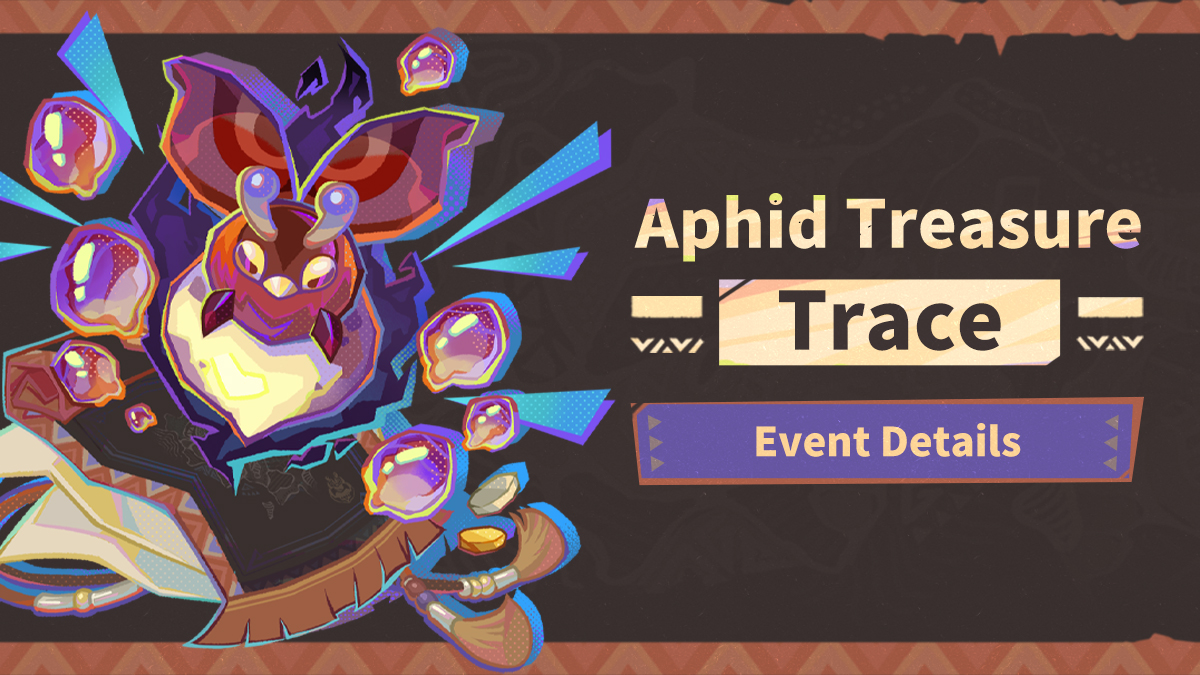
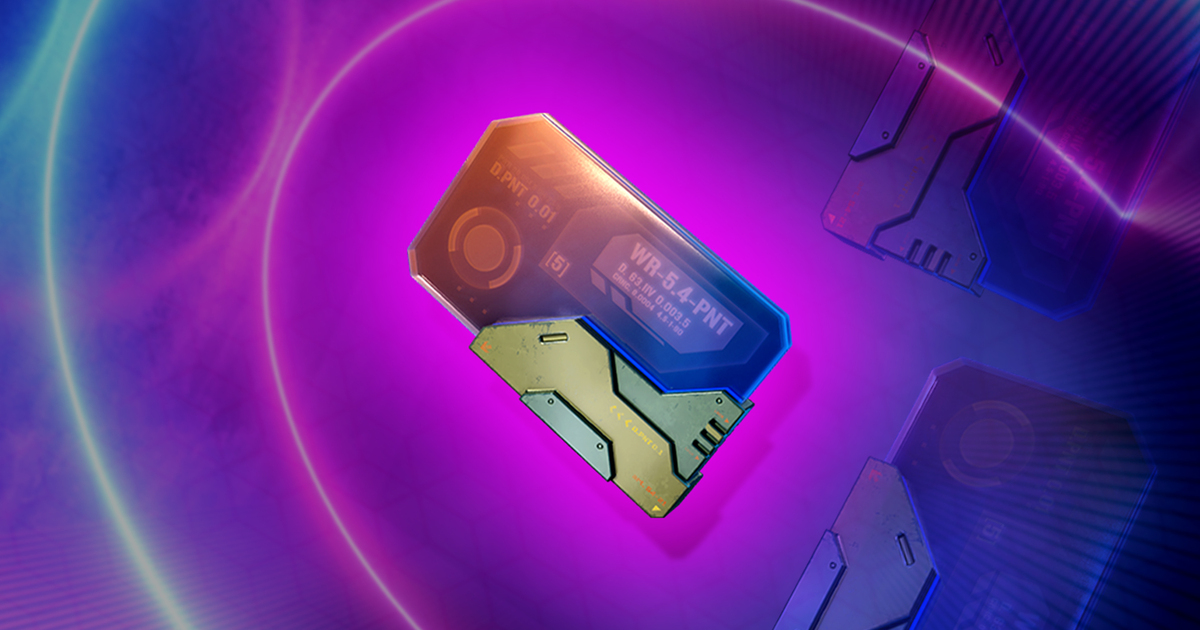
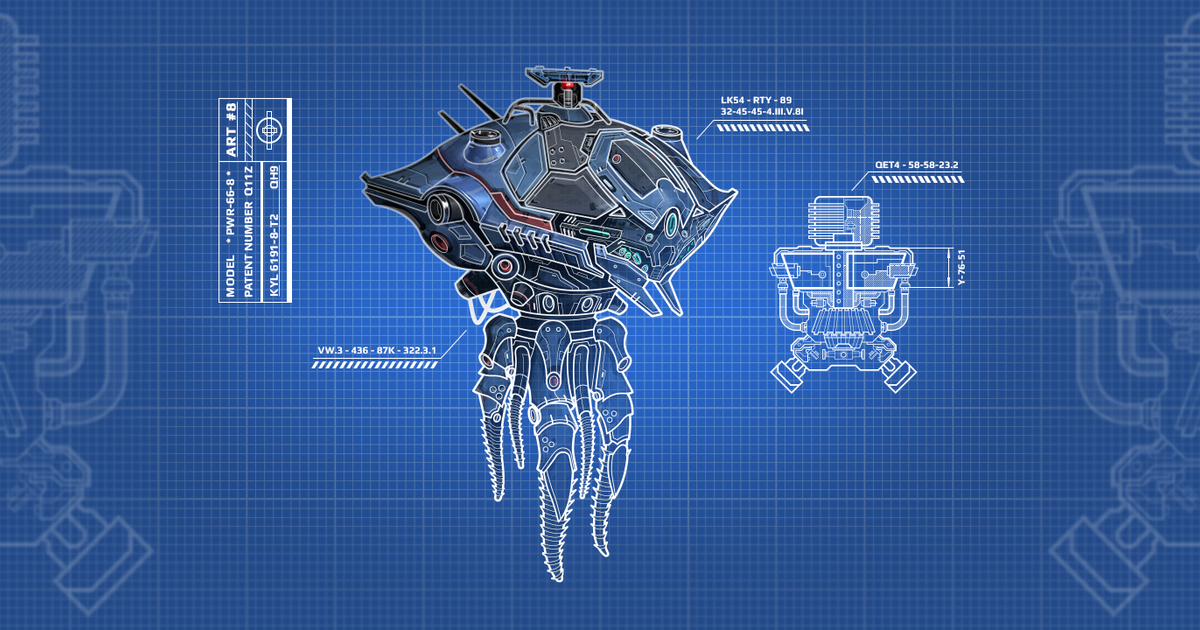
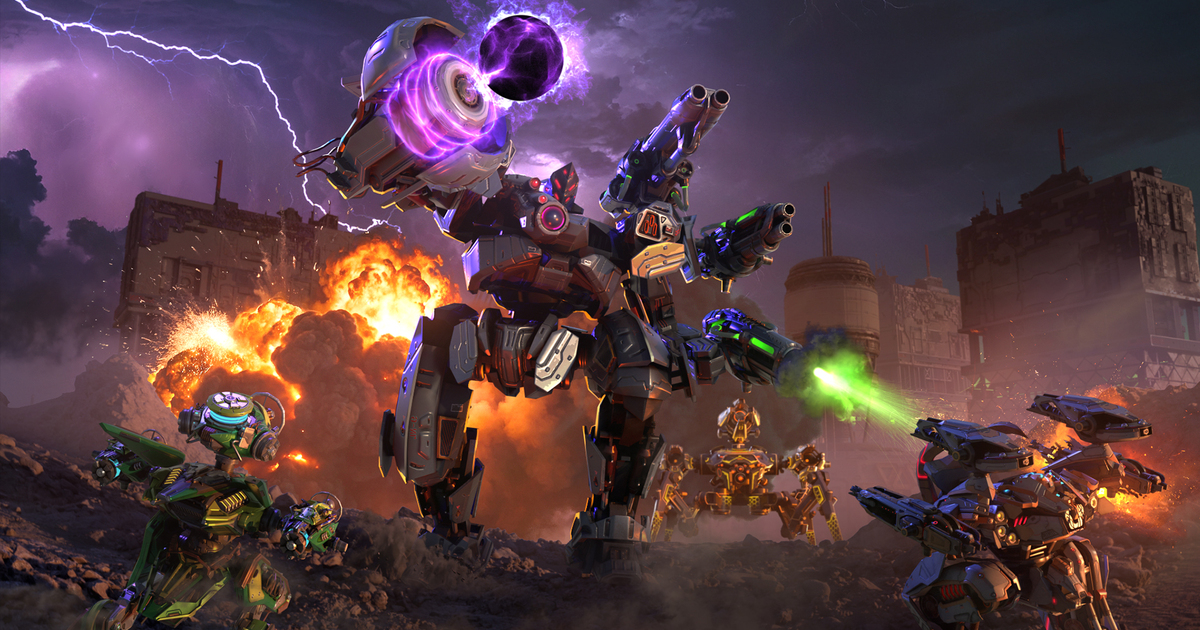

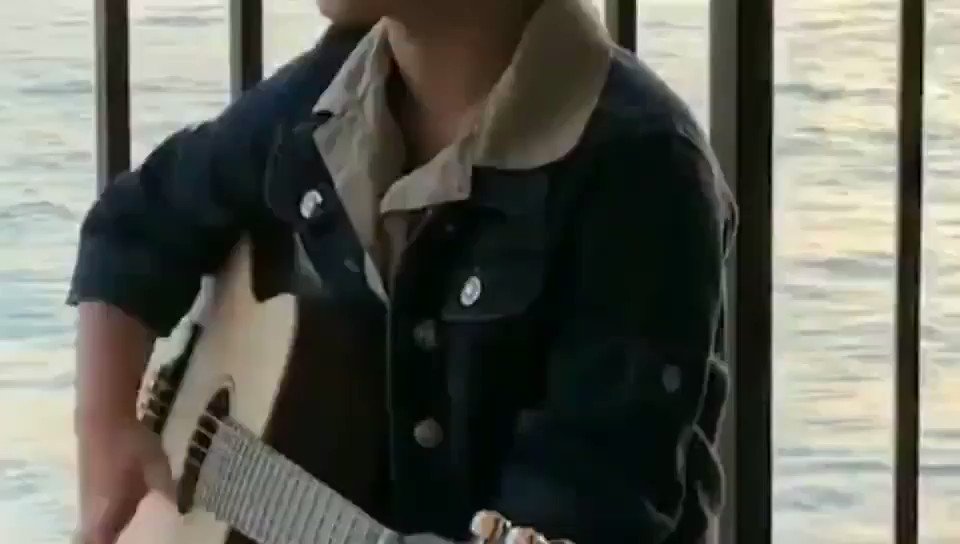
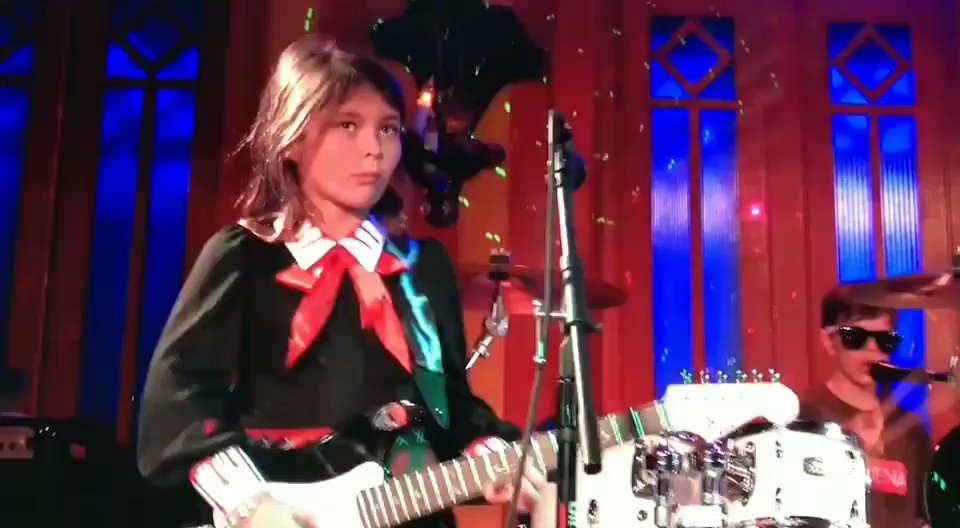






![[Business Talk] How YH Living LTD Tailored Business Solutions Powered by Smart Technology](https://i.scdn.co/image/ab6765630000ba8a5782a039d18af0d958cadc87?#)
![[Business Talk] Elon Musk](https://i.scdn.co/image/ab6765630000ba8ac91eb094519def31d2b67898?#)
![[Business Talk] BYD's Hiring Standards: A Reflection of China's Competitive Job Market](https://i.scdn.co/image/ab6765630000ba8a1a1e0af3aefae3a685793e7c?#)
![[PRO Tips] What is ESG? How is it different from CSR and SDGs? 3 keywords that companies and investors should know](https://i.scdn.co/image/ab6765630000ba8a76dbe129993a62e85226c2b4?#)

